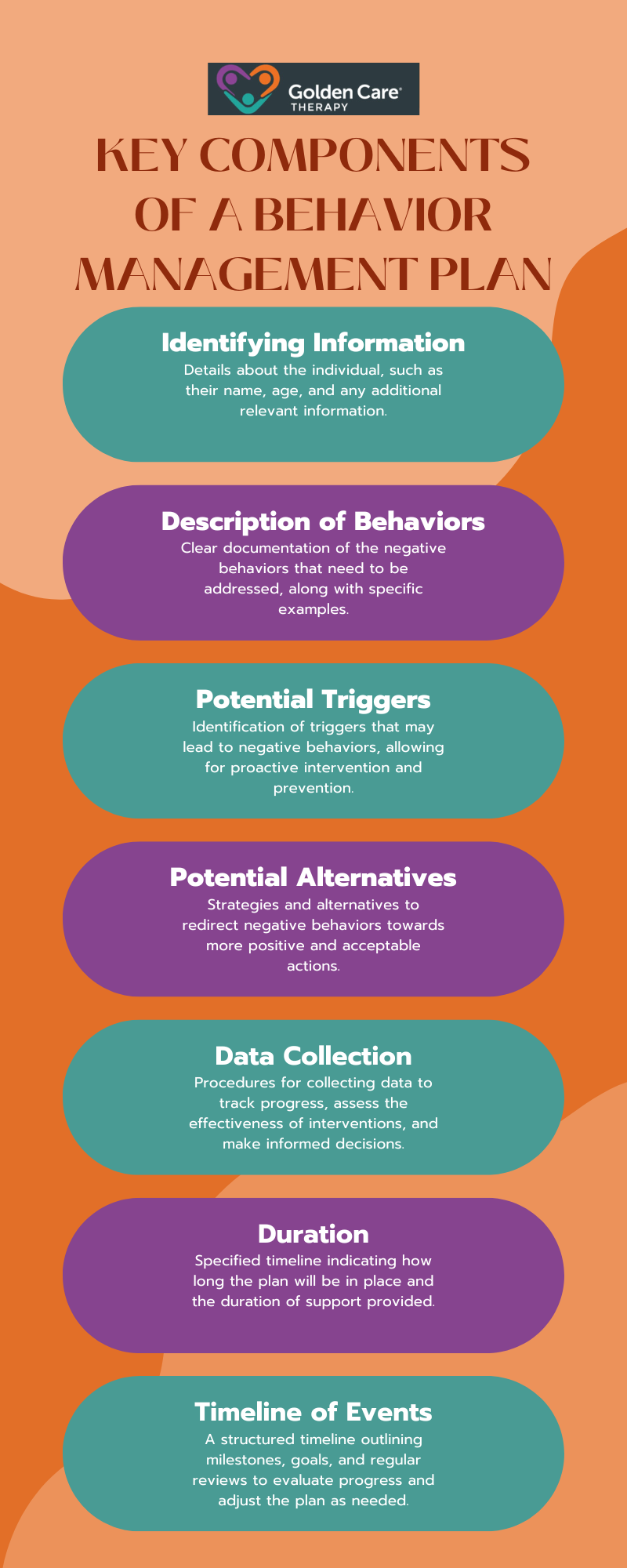Managing autism-related behaviors can feel like an intricate dance, one that requires patience, understanding, and the right strategies to make things a little smoother. Every individual with autism is unique, which means their behaviors, needs, and responses are exceptional too.
For parents, caregivers, and educators, finding effective ways to guide and support these behaviors is essential for helping individuals thrive. Understanding the roots of specific behaviors and having practical tools for responding calmly can make a world of difference not only in building trust but also in fostering growth and confidence.
Reinforcing Desired Behaviors
In behavior management therapy for autism, the reinforcement of desired behaviors plays a significant role in shaping positive outcomes. By reinforcing wanted behaviors with praise, rewards, or other positive reinforcements, individuals with autism are encouraged to continue displaying those behaviors.
Consistency in providing positive reinforcement is key to helping individuals with autism learn and maintain appropriate behaviors.
Conversely, behavior management therapy also addresses the reduction of unwanted behaviors commonly associated with autism spectrum disorder. This involves implementing strategies to minimize or eliminate behaviors that may be harmful, disruptive, or interfering with daily activities.
Techniques such as redirection, visual supports, and structured routines help manage and reduce unwanted behaviors effectively.
Applied Behavior Analysis (ABA) stands out as a prominent approach in behavior management therapy for individuals with autism. This evidence-based method focuses on understanding and modifying behaviors through systematic interventions.
ABA techniques are tailored to the individual’s specific needs and aim to enhance communication, social skills, and overall behavior management. By reinforcing desired behaviors and addressing unwanted behaviors through structured therapy approaches like ABA, individuals with autism can develop essential skills and behaviors that support their overall well-being and quality of life.
Collaborating with professionals and incorporating personalized behavior management plans can further enhance the effectiveness of therapy and promote positive outcomes for individuals on the autism spectrum.
Behavioral Therapy Approaches
Exploring different behavioral therapy approaches is essential for effectively managing behaviors in individuals with autism. These approaches play a crucial role in providing support and enhancing the quality of life for individuals with autism.
That said, let’s look at two key therapy approaches commonly used in autism behavior management. These are as follows:
Applied Behavior Analysis
Applied Behavior Analysis (ABA) stands out as a widely accepted and proven approach in behavioral therapy for individuals with autism spectrum disorder. ABA therapy involves tracking and analyzing the behavior of individuals to identify patterns, reinforce desired behaviors, and reduce unwanted behaviors.
ABA encompasses various techniques tailored to the unique needs of each individual with autism. These techniques focus on positive reinforcement to encourage and develop appropriate behaviors while minimizing challenging behaviors. ABA interventions are effective in educational and home settings, providing structured support for individuals with autism.
Also, ABA training for parents and caregivers is crucial in ensuring consistent support for autistic individuals. By reinforcing skills learned during ABA therapy sessions, parents play a fundamental role in promoting positive behaviors and achieving long-term progress.
Other Effective Therapies
In addition to Applied Behavior Analysis, various other behavioral therapies show promise in managing the behavior of individuals with autism spectrum disorder. These therapies may include cognitive behavioral therapy, speech therapy, occupational therapy, and social skills training.
Each of these therapies offers unique strategies and approaches to address specific challenges faced by autistic individuals. Consulting with healthcare professionals and therapists is essential to determine the most effective therapies for a particular individual with autism. By combining different therapeutic approaches, tailored interventions can be designed to support the diverse needs of autistic individuals.
Incorporating a range of therapeutic interventions allows individuals to receive comprehensive support that addresses their behavioral challenges and promotes their overall well-being. Collaborating with a multidisciplinary team of professionals ensures a holistic and individualized approach to autism behavior management.
Creating a Behavior Management Plan
To effectively manage behaviors in individuals with autism, a structured Behavior Management Plan is vital as it helps promote positive outcomes and address challenging behaviors.
A Behavior Management Plan is a tailored strategy designed to assist individuals with autism in mitigating negative behaviors and fostering positive and adaptive behaviors. The plan serves to establish consistency across various environments, such as home and school, to reinforce desired behaviors effectively.
That said, the key components of a Behavior Management Plan include:

Incorporating these fundamental components into the Behavior Management Plan allows caregivers and professionals to create a comprehensive and individualized strategy that addresses the specific needs of individuals with autism while promoting positive behavioral changes.
That said, consistency is crucial in the successful implementation of a Behavior Management Plan. Maintaining consistency in applying behavioral strategies and interventions helps establish clear expectations, routines, and predictability for individuals with autism. Consistent implementation across different settings reinforces learning and promotes the generalization of new behaviors.
Moreover, consistency fosters a sense of stability and security for individuals with autism, enhancing their understanding of expected behaviors and facilitating the internalization of positive habits.
As long as caregivers, educators, and therapists work collaboratively to uphold consistency in implementing the Behavior Management Plan, individuals with autism are more likely to demonstrate progress and achieve behavioral goals effectively.
Techniques for Behavior Management
As far as behavior management for individuals with autism goes, employing effective techniques is essential to promote positive behaviors and enhance overall quality of life. Two key strategies that have shown to be beneficial in this context which are as follows:
Mindfulness and Positive Attitude
Practicing mindfulness involves being present in the moment and acknowledging thoughts and feelings without judgment.
For autistic individuals, mindfulness can help increase self-awareness, regulate emotions, and improve focus. Caregivers and individuals themselves can benefit from mindfulness practices to reduce stress and enhance overall well-being.
Embracing a positive attitude towards challenges can also impact behavior positively. By focusing on strengths and achievements, individuals with autism can build confidence and resilience, contributing to improved behavior and interactions.

Respect for Boundaries
Respecting boundaries is crucial in behavior management for individuals with autism. Clear communication and consistent reinforcement of boundaries help establish a sense of structure and security.
Setting clear expectations and limits, while respecting individual preferences and sensitivities, fosters a safe and supportive environment. Boundaries provide guidance and help individuals with autism navigate social interactions and daily routines effectively.
Using mindfulness techniques and maintaining a positive attitude, along with respecting boundaries, can greatly impact behavior management for individuals with autism. These strategies contribute to creating a supportive and understanding environment that encourages growth, self-expression, and positive interactions.
The Bottom Line
In understanding autism behavior management, it’s clear that patience, empathy, and consistency are key. Every step taken to understand behaviors and respond with care creates a stronger foundation for growth and connection. By adapting strategies to each individual’s needs and embracing a compassionate approach, we empower those with autism to thrive in their unique ways.
Together, we can create supportive environments where everyone feels understood, valued, and capable of reaching their fullest potential. At Golden Care Therapy, we offer top-quality ABA therapy in New Jersey, tailored to meet the unique needs of each individual.
Our dedicated team is committed to empowering every client and family with compassionate, results-driven support. Contact us today to learn how we can help you or your loved one thrive.



